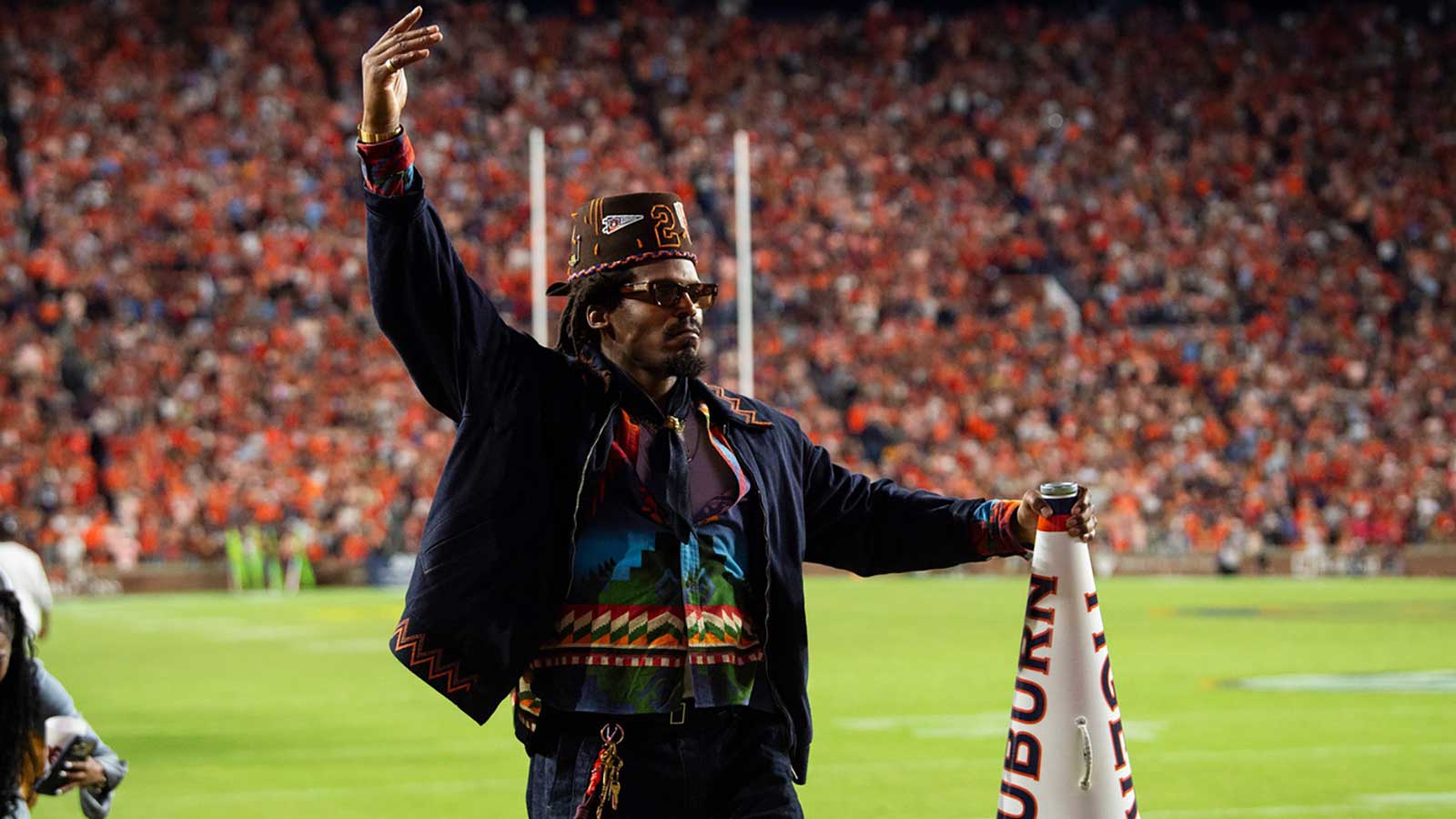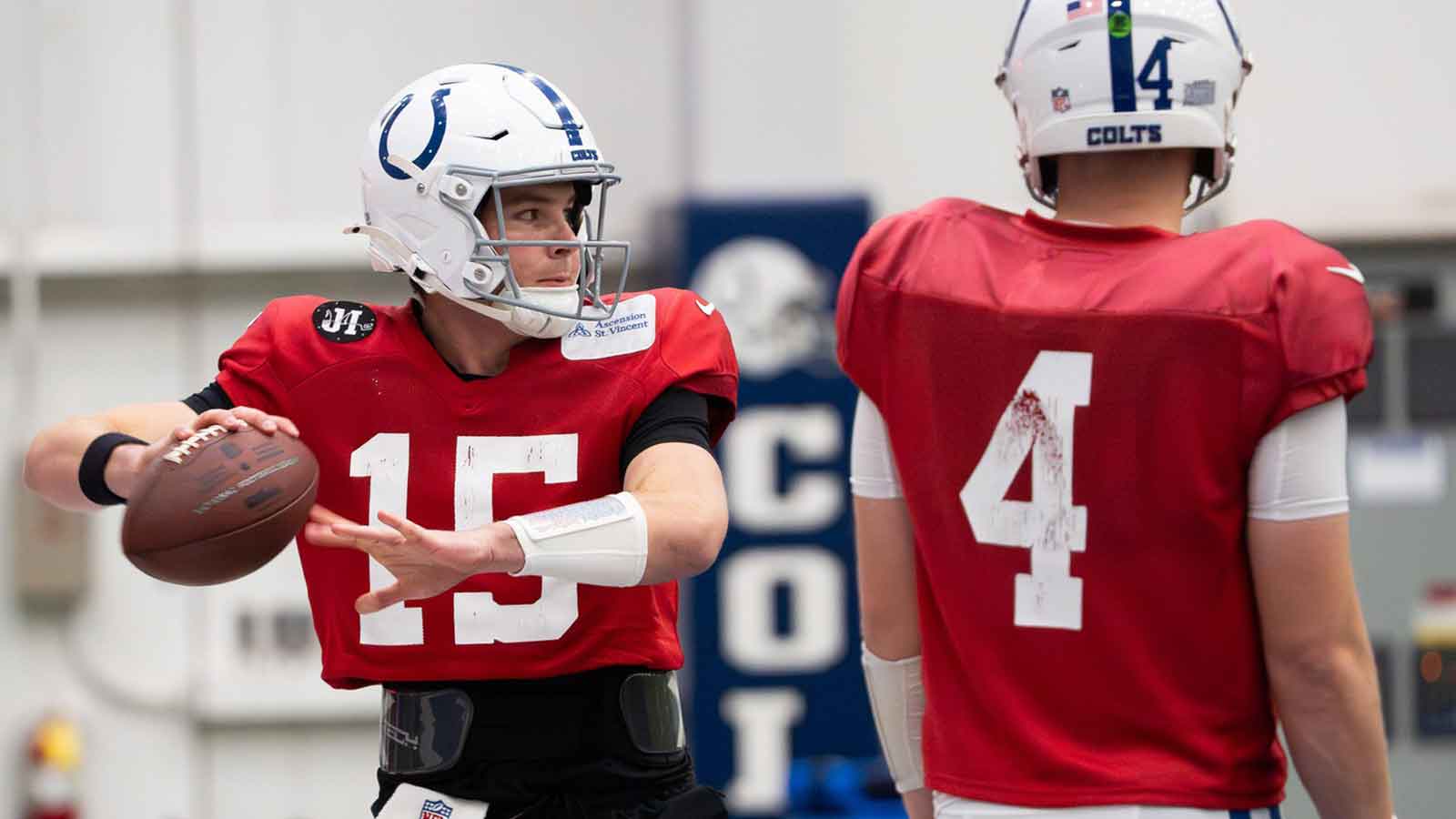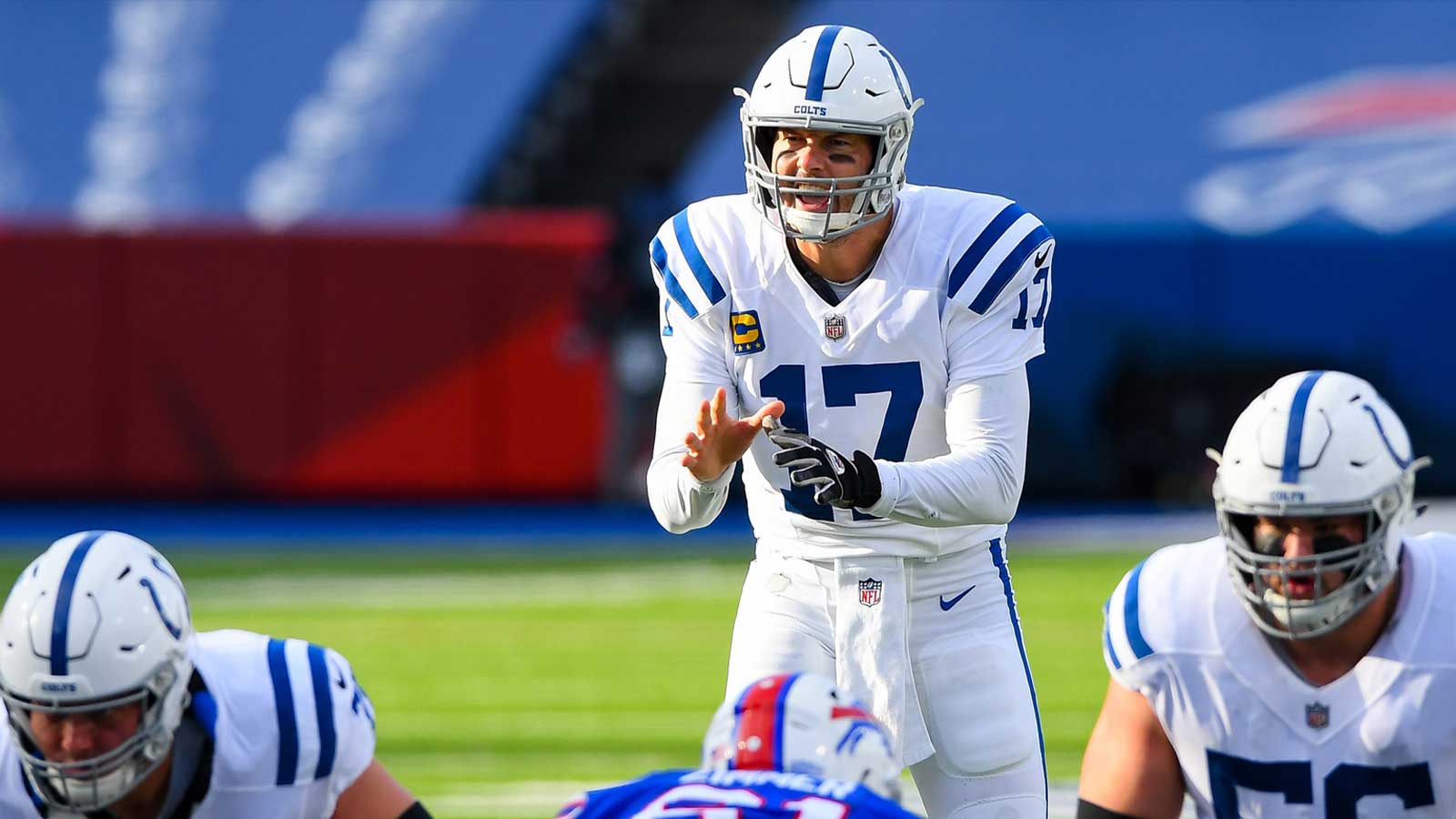During the 2023 NFL season, nine tight ends finished the year with at least 70 receptions. Now on the surface, especially to anyone who plays fantasy football with any degree of regularity, this number is probably not a huge surprise. However, it was not long ago that this was a rarity. In fact, only three tight ends finished the 2000 season with 70 or more receptions, and only one of them, Tony Gonzalez, topped 800 yards.
These numbers represent what has been a tremendous shift in the way that offensive coordinators have deployed tight ends within their offenses over the last two decades. In this time frame, some of the most successful franchises have at one time or another had a tight end on the roster who could qualify as the team's primary pass-catching targets in all areas of the field. We're talking about guys such as Gonzalez, Rob Gronkowski, Jimmy Graham and Antonio Gates, among many others. One of those others is Dallas Clark, an unheralded weapon of the Indianapolis Colts who never received the shine that wideouts like Marvin Harrison and Reggie Wayne did, despite the fact that Clark, along with those other tight ends previously mentioned, was revolutionizing the position.
In a recent interview with Stephen Holder of ESPN.com, Dallas Clark explained how when he arrived in Indianapolis in 2003 as the Colts' 1st round pick, most offensive coordinators weren't yet ready to look at tight ends as reliable weapons within their offense.
“The offensive coordinators didn't even really understand the weapons that they had because they were just so brainwashed into thinking, ‘Oh, they're just a glorified offensive lineman,'” Clark told Holder. “When I got in the league [in 2003], it was a lot of bigger guys that could go catch a 5-yard stick route and get about 45 catches a season. That was a Pro Bowl season back then. Pay the man!”
Fortunately for Dallas Clark and the Indianapolis Colts, he was paired with an offensive coordinator who was ready to innovate, and a quarterback who was ready to throw the ball all over the field.
“We were able to break the mold, if you will, and think outside the box with Tom Moore and his craziness,” Clark said. “Obviously having Peyton [Manning] never hurts. So we were able to do some things that were very unorthodox, like splitting me out wide, using me as a receiver and in the backfield — all sorts of stuff.”
Nowadays, NFL offenses are using tight ends more similarly to how Tom Moore used Dallas Clark, working mismatches in the slot with slower linebackers or smaller defensive backs. And just as Peyton Manning did, some of the league's most prolific quarterbacks are taking advantage.

Colts' Dallas Clark one of the leaders of a Tight End revolution
Dallas Clark is one of just eight tight ends in league history — along with Travis Kelce, Zach Ertz, Evan Engram, Darren Waller, Jason Witten, Mark Andrews, Tony Gonzalez and Lionel Taylor — who have finished a season with at least 100 receptions. Clark hit that milestone in 2009, a season in which he also topped the 1,000 yard mark. Six other tight ends recorded at least 75 receptions during the 2009 season.
15 of the top 25 tight end receiving yard seasons in league history have come since Clark topped the 1,000 yard mark during the 2009 season — a season in which he was named a 1st Team All-Pro for the only time in his playing career. Kansas City Chiefs tight end Travis Kelce has four of those seasons, including the top spot on the list. George Kittle, who finished with 1,377 yards in the 2018 season, is 2nd behind Kelce. Kittle reached the 1,000 yard milestone for the 3rd time in his career during the 2023 season.
This year, the number of tight ends who could eclipse the 1,000 yard mark has seemingly grown yet again, with players like Sam LaPorta, Dalton Kincaid, Kyle Pitts and Trey McBride all likely to be among their team's most targeted pass-catchers.





![Indianapolis Colts quarterback Daniel Jones (17) gets up off the turf after being injured in a play in the first quarter during an NFL football game at EverBank Stadium, Sunday, Dec. 7, 2025, in Jacksonville, Fla. [Doug Engle/Florida Times-Union]before an NFL football game at EverBank Stadium, Sunday, Dec. 7, 2025, in Jacksonville, Fla. [Doug Engle/Florida Times-Union]](https://wp.clutchpoints.com/wp-content/uploads/2025/12/Daniel-Jones_17d24e.jpg?w=200&quality=90)












